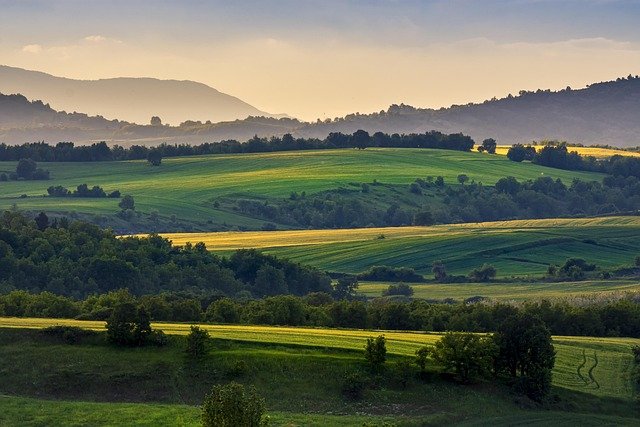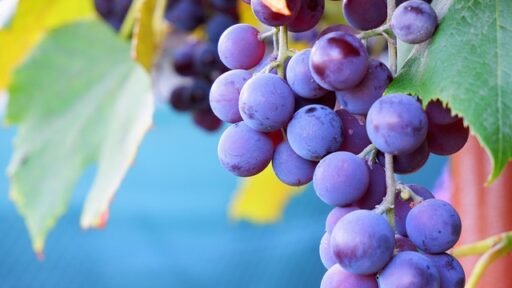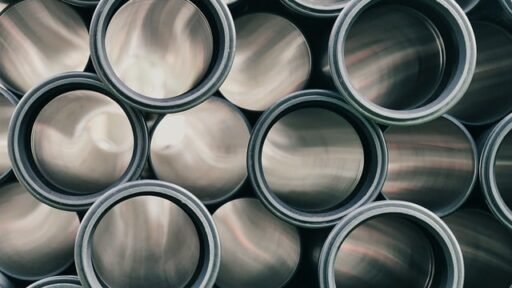## The Silent Revolution: How Plastics Shape Modern Farms
From the food on our plates to the clothes on our backs, agriculture forms the bedrock of our civilization. While we often picture idyllic fields and rustic barns, the reality of modern farming is deeply intertwined with technological innovation. One such innovation, often overlooked yet profoundly impactful, is the use of plastics. Far from being just a source of pollution, plastics play a crucial role in boosting agricultural efficiency, conserving precious resources, and ultimately, feeding a growing global population.
### ## The Protective Shield: Plastics in Greenhouses and Tunnels
Imagine stepping into a greenhouse on a chilly winter day. The air is warm and humid, bursting with the vibrant green of leafy vegetables and the sweet scent of ripening fruits. This oasis of productivity, defying the constraints of weather and season, is made possible by the humble plastic sheet.

Polyethylene (PE) film, known for its durability and light transmission properties, forms the backbone of greenhouses and low tunnels. These structures act as protective shields, creating microclimates that extend growing seasons, shield crops from harsh weather, and even mitigate the impacts of climate change. By trapping heat and raising temperatures, plastic greenhouses allow farmers in colder regions to cultivate delicate crops year-round, increasing food availability and reducing reliance on imports.
### ## Water Guardians: Plastics in Irrigation and Water Conservation
Water, the lifeblood of agriculture, is becoming increasingly scarce in many parts of the world. As climate change disrupts rainfall patterns and aquifers dwindle, the need to use this precious resource efficiently is more critical than ever. Here again, plastics emerge as unsung heroes.
### ### Drip Irrigation: Precision Watering for a Thirsty World
Traditional irrigation methods, while effective, often result in significant water loss through evaporation and runoff. Drip irrigation, utilizing durable plastic tubing and emitters, offers a targeted approach. Water is delivered directly to the roots of plants, minimizing wastage and ensuring that every drop counts. This not only conserves water but also reduces weed growth and the spread of soil-borne diseases.







